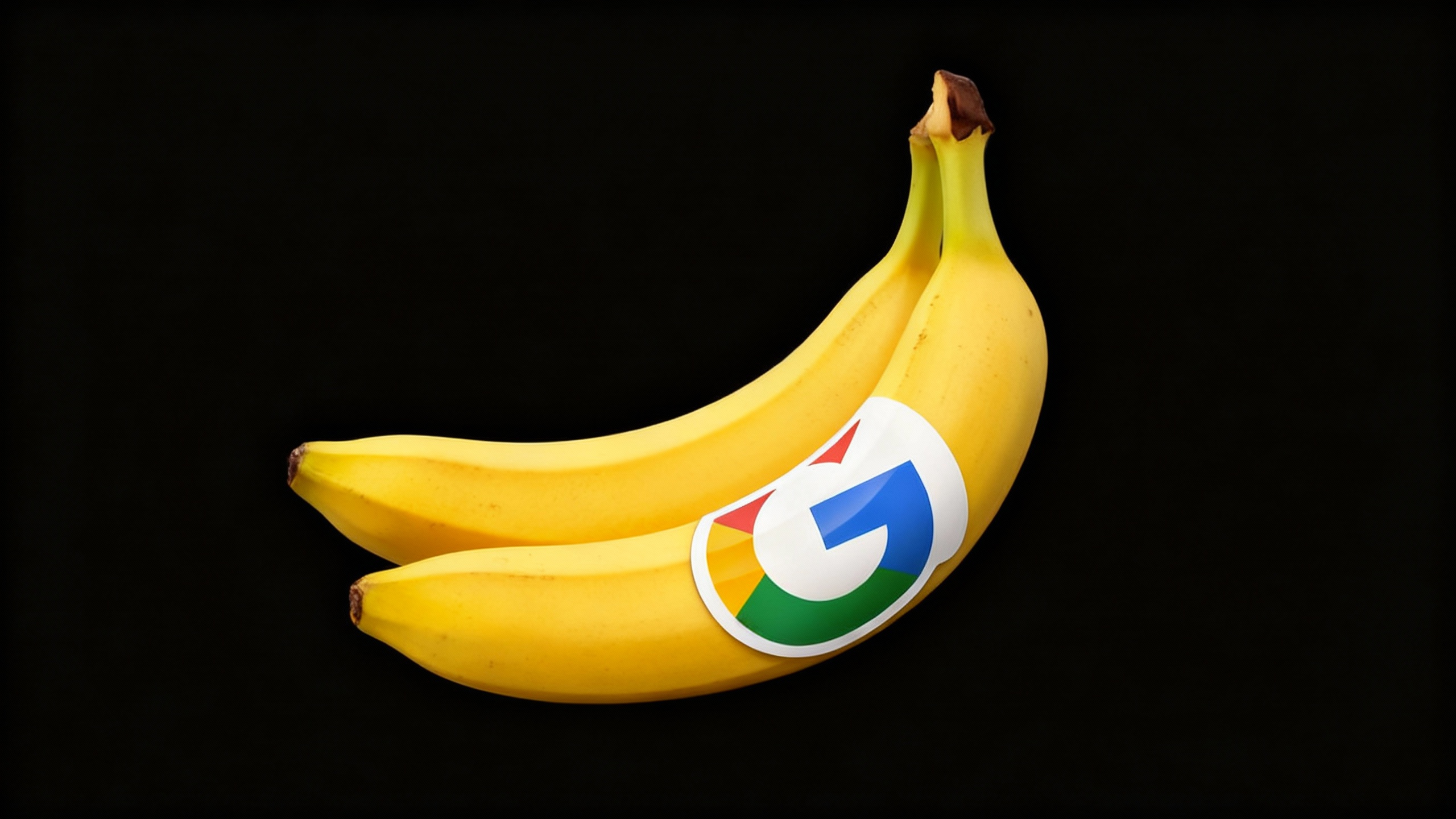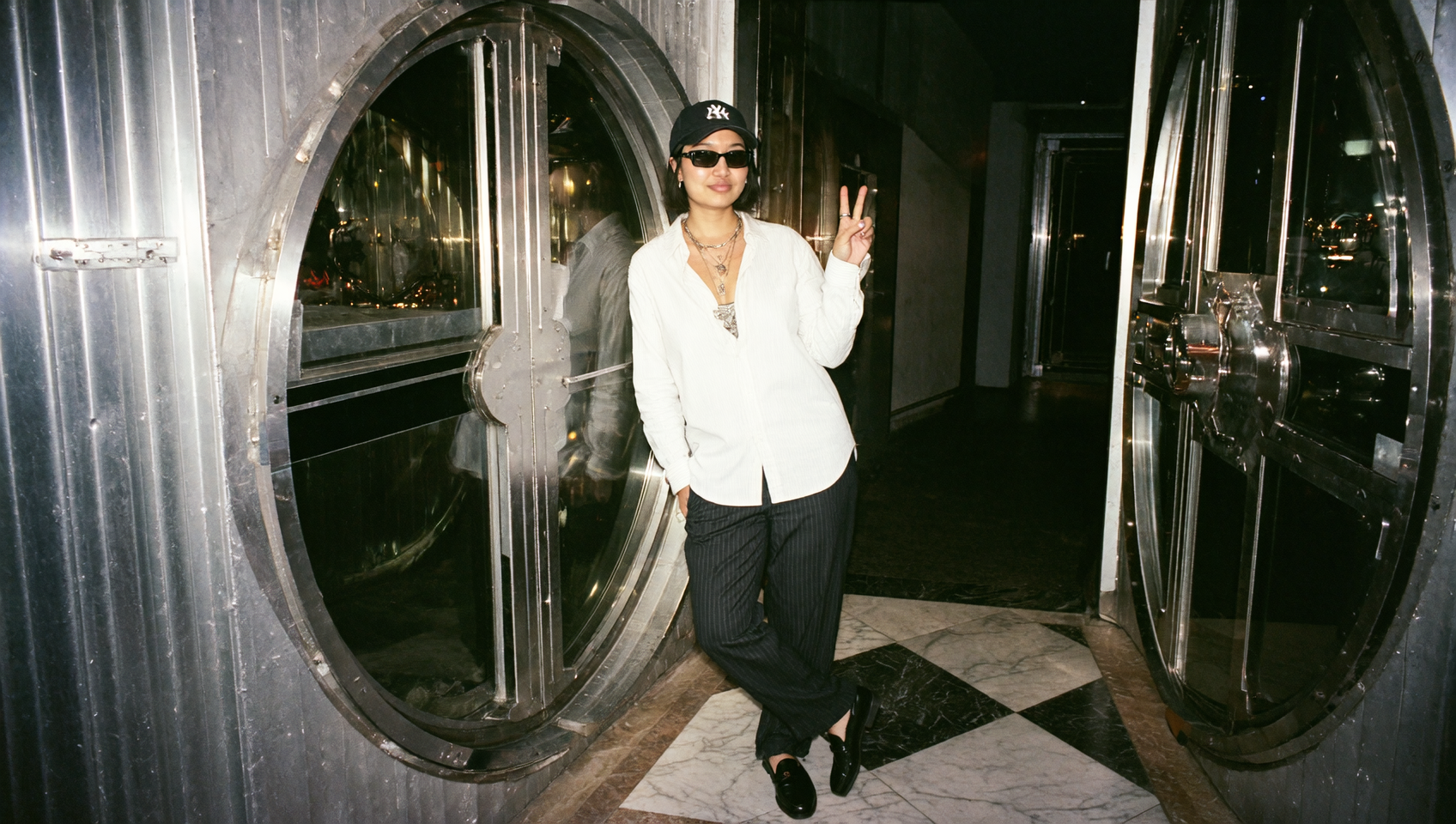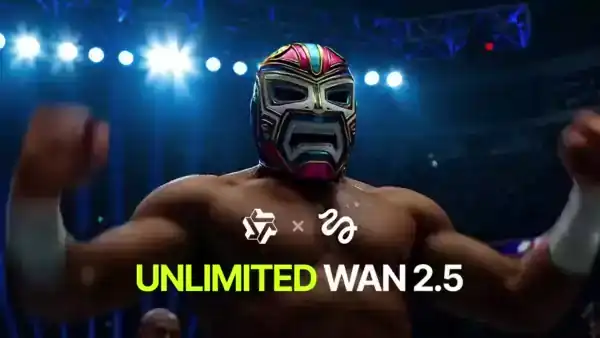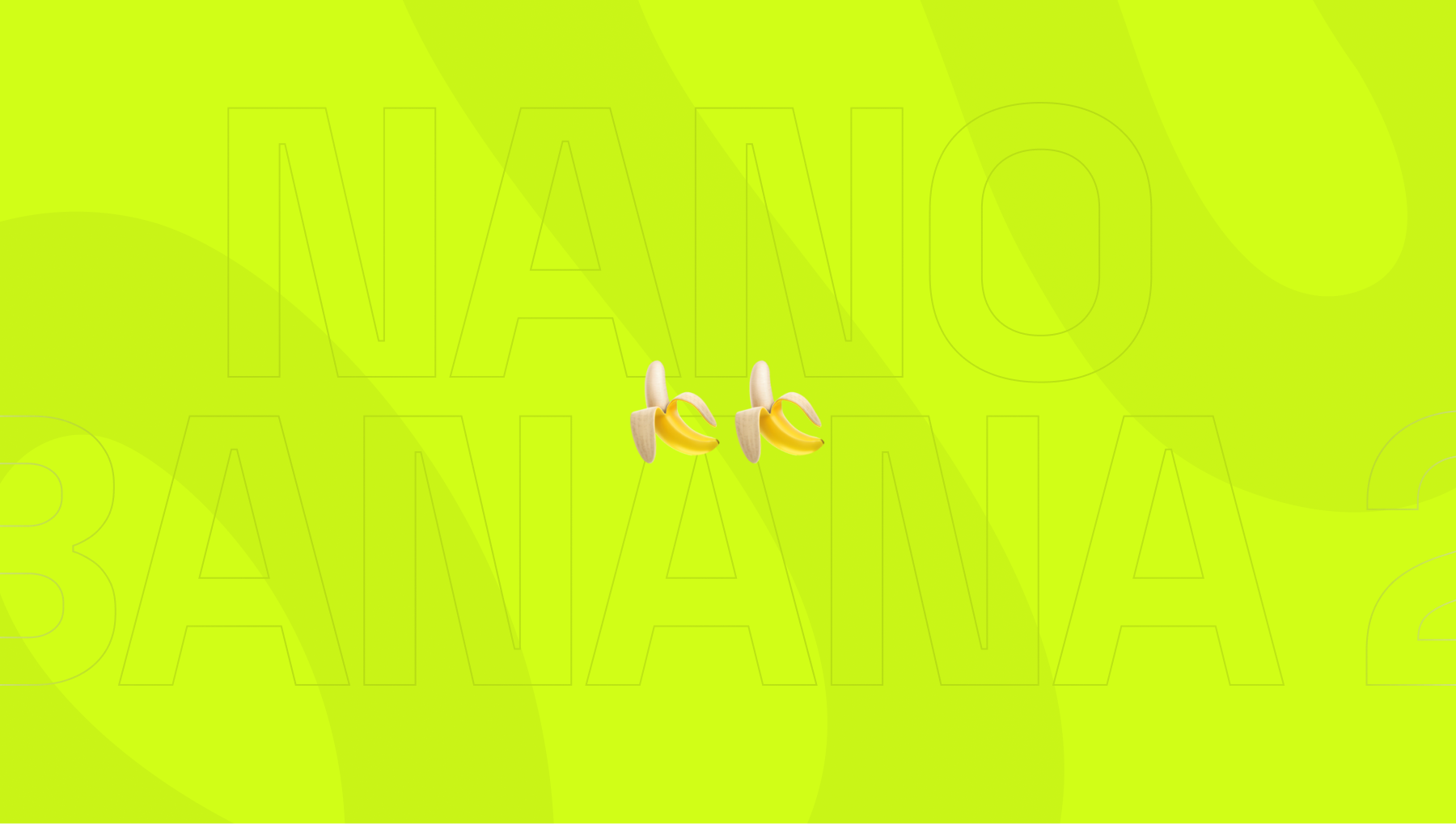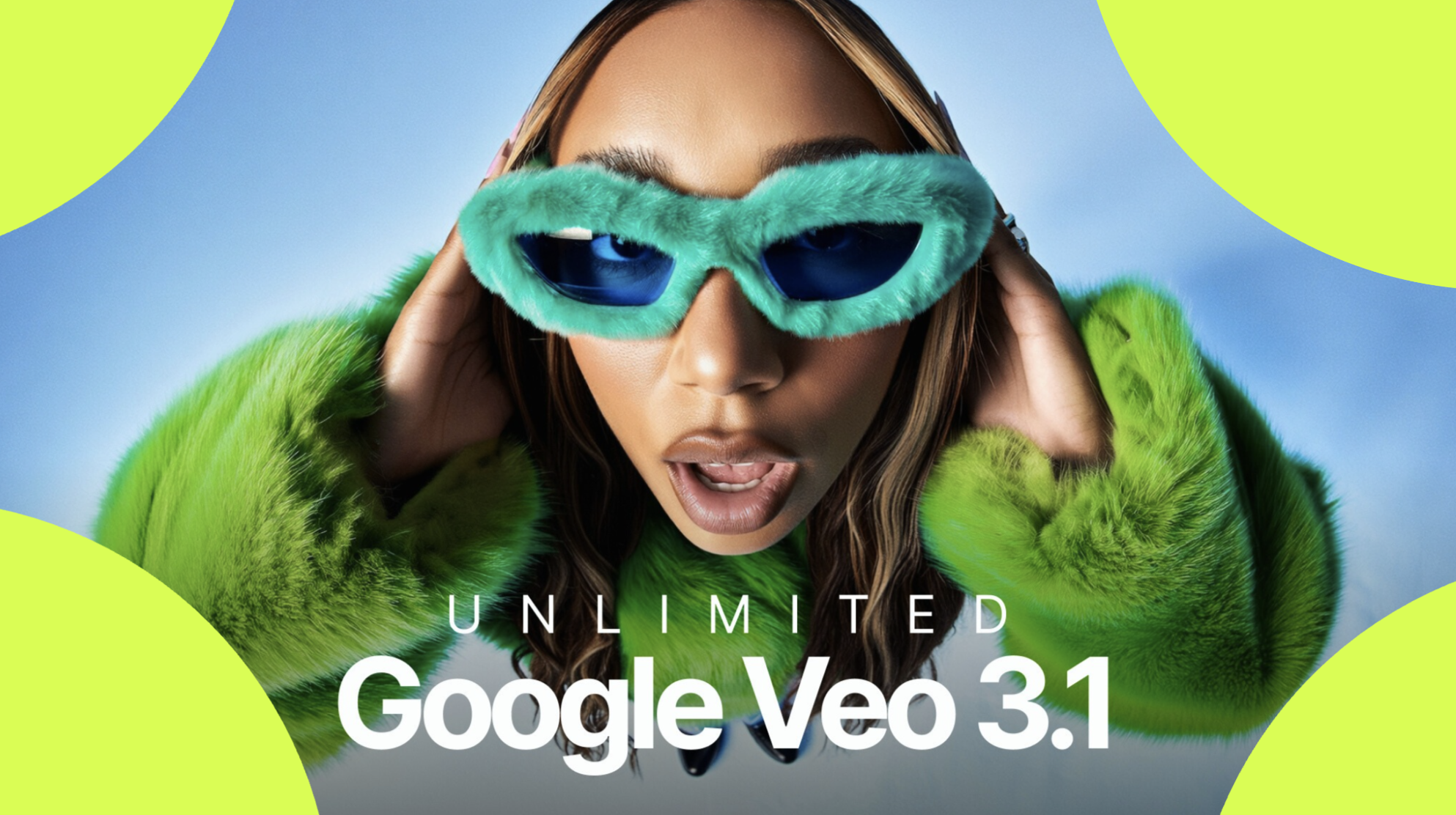In the rapidly accelerating world of generative AI, every major release sets off discussions about new creative possibilities, technical capabilities, and potential shifts in how users produce visual content.
Among the most closely watched upcoming developments is the rumored arrival of Nano Banana 2, the next generation of Google’s widely used image model. While the name started as an experimental placeholder, the underlying technology is expected to carry far more weight than its playful branding suggests.
As image-generation systems become integral to industries ranging from design and advertising to education and research, expectations for accuracy, reasoning, and controllability continue to rise. Early signals from the broader AI ecosystem point to Nano Banana 2 introducing major changes - not just in image fidelity, but in the way AI interprets instructions, understands context, and builds scenes.
If these expectations prove accurate, the model could represent one of the most significant shifts in visual AI since diffusion models emerged several years ago.
This article outlines the key areas in which Nano Banana 2 is rumored to advance the field, explores why these improvements matter, and examines how the model could reshape real-world creative workflows.
A Shift Toward Reasoning-Guided Generation
The most talked-about aspect of Nano Banana 2 is a new approach to how visual content is conceptualized.
Instead of simple text encoding, rumors suggest that Nano Banana 2 could operate with a reasoning-driven architecture where an LLM plans, evaluates, and refines an image’s structure before it is rendered. This would allow the model to:
Understand sequences (“a woman holding a cup while looking at a clock”)
Track spatial relationships (“the book on the table next to the lamp”)
Interpret abstract directions (“an atmosphere of tension without visible action”)
Identify logical inconsistencies and adjust scenes accordingly
This kind of structured planning marks a significant move away from image models that “guess” the visual logic of a prompt. Instead, it brings image generation closer to how large language models approach complex contextual tasks.
Enhanced Prompt Interpretation
Rumors also emphasize that Nano Banana 2 will excel in prompt adherence - one of the most criticized weak points of many image systems today. While earlier models often focus on keywords, the next generation may be capable of analyzing deeper instruction patterns such as conditional statements, emotional context, and multi-part directives.
This matters because prompts are becoming more sophisticated. Users increasingly request:
Very specific compositions
Multi-character interactions
Scenes with symbolic meaning
Images reflecting detailed technical instructions
If Nano Banana 2 delivers improved comprehension, it could minimize the trial-and-error cycles that creative professionals face when refining a prompt. In practice, stronger prompt interpretation means fewer repeated attempts and more consistent translation of vision into imagery.
Higher Text Accuracy Within Images
Legible text inside images remains one of the biggest challenges for visual AI. Words often appear distorted, incomplete, or incorrectly spelled because current models treat them as visual textures rather than linguistic elements.
Nano Banana 2 is rumored to address this with new text-handling capabilities that allow it to correctly generate:
Multi-line paragraphs
Complex signage
Product packaging labels
Mathematical equations
Digital UI elements
This development would open major opportunities for workflows involving presentations, advertising, product mockups, and educational diagrams. Instead of requiring external photo editing tools to fix text, users may be able to rely on the model’s built-in linguistic awareness.
Improved Human Rendering and Identity Stability
Human faces have always been a defining challenge for visual AI. The first Nano Banana model already produced recognizable and coherent facial features, but the next version is expected to advance this significantly through improved geometry and identity consistency.
Rumored improvements include:
More accurate facial proportions
Better emotional expression
Clearer eyes, hair, and skin detail
Enhanced multi-angle consistency
Stronger preservation of identity across image sets
Identity stability is particularly important for creators producing sequences of visuals featuring the same person, whether for digital storytelling, design portfolios, or prototyping scenarios.
A More Structured Multi-Stage Generation Process
Another anticipated improvement is a multi-stage internal workflow. Whereas earlier models follow a single forward generation pass, Nano Banana 2 may adopt a planning-evaluation-refinement approach similar to reasoning routines in large language models.
In practice, the pipeline would look like this:
Interpret the prompt and plan the scene
Generate a conceptual draft at the latent level
Evaluate the scene for structural errors
Adjust lighting, alignment, and relationships
Produce the final high-resolution output
Higher Resolution and Professional Color Depth
Rumors suggest that Nano Banana 2 may generate imagery at a native 2K resolution with the possibility of refined 4K upscaling. Additionally, extended color depth could reduce gradient banding and improve photographic realism.
These enhancements would benefit workflows requiring:
High-end product visuals
Film pre-production materials
Print-ready designs
Marketing assets
Still frames for video projects
The focus on professional-grade output aligns with a broader industry trend: generative AI is moving beyond experimentation and entering formal pipelines within creative teams.
More Predictable Scene Lighting and Camera Controls
Another highly anticipated feature involves improved control over lighting, perspective, and camera style. Many creative professionals have expressed the need for parametric adjustments rather than solely prompt-based descriptions.
Early indicators point toward interface features such as:
Lighting strength sliders
Camera angle controls
Color temperature adjustments
Aspect ratio management
Reference-based consistency checks
These tools could reduce time spent rewriting prompts to achieve minor visual modifications.
Why These Rumored Features Matter
Nano Banana 2 represents more than an upgrade to visual fidelity. If the expectations around reasoning, prompt interpretation, and structured generation hold true, the model could shift the entire category toward intelligence-driven imaging.
A model that understands instructions the way a language system does - while rendering visuals with the detail of a diffusion engine - positions generative AI to evolve from a creative assistant into a collaborative tool.
This unlocks new applications:
Marketing teams can design assets directly from product descriptions
Educators can generate accurate diagrams without manual illustration
Designers can visualize prototypes with controlled lighting and perspective
Research teams can produce concept imagery with mathematical precision
Filmmakers can draft storyboards with consistent characters and scene logic
In short, the model moves beyond style and enters the domain of structured visual reasoning.
Conclusion
As generative AI matures, the importance of context, instruction comprehension, and reasoning grows. Nano Banana 2 is positioned - based on widespread industry expectations - to be a turning point where image models move from reactive tools to more deliberate and intelligent systems.
If the predictions surrounding its architecture and capabilities materialize, Nano Banana 2 could mark a new era in AI image generation where precision, understanding, and consistency become the core of the creative process.
Start Your Journey with Google's Best Models
Generate AI images with Nano Banana & create cinematic videos with the latest Veo 3.1.
